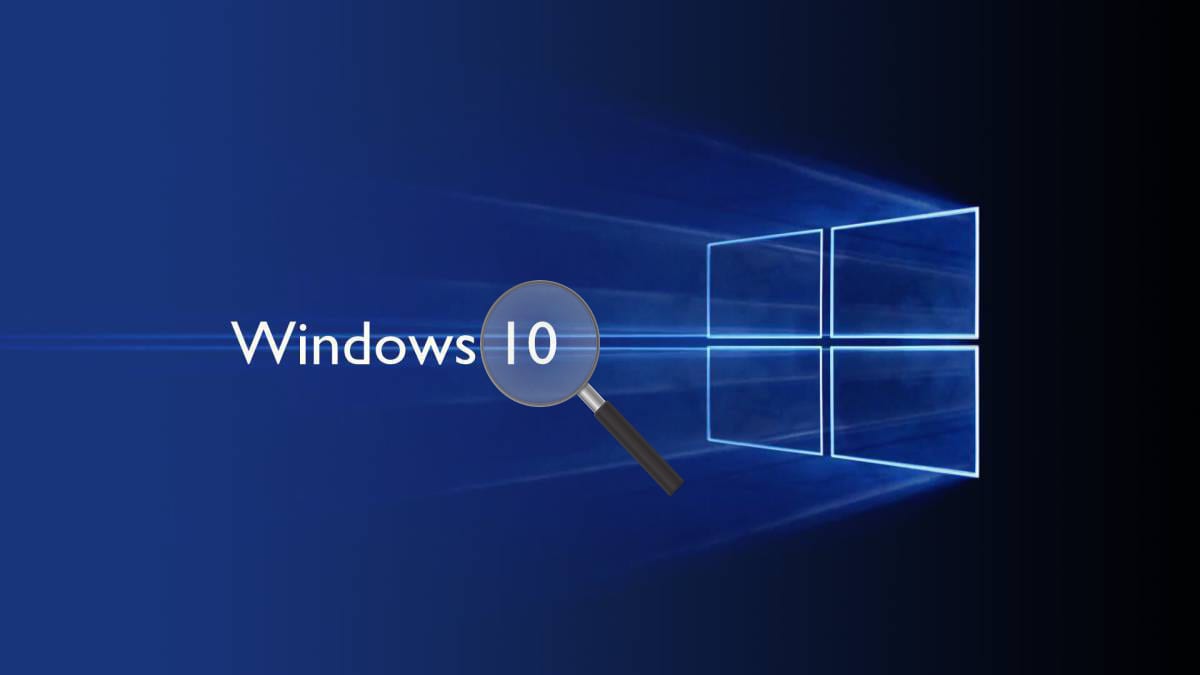
If we regularly use our PC to work or study, it is most likely that the number of files we have accumulated over the years is considerable, files that we have been saving just in case we need, although we know in all probability that it is highly unlikely.
Searching for files or any type of data can be an arduous or simple task, a task that depends on the number of files, their location, the type of file, as well as other factors that we will discuss in this article. If you want to learn to find files in Windows 10, I invite you to keep reading.

This article is focused on all those people who work with a large volume of files, files of all kinds of formats and types whose volume has become considerable. But not exclusively, since we are also going to show you a series of tricks to get the most out of the different search options that Windows 10 offers us.
Indexing formats in Windows 10
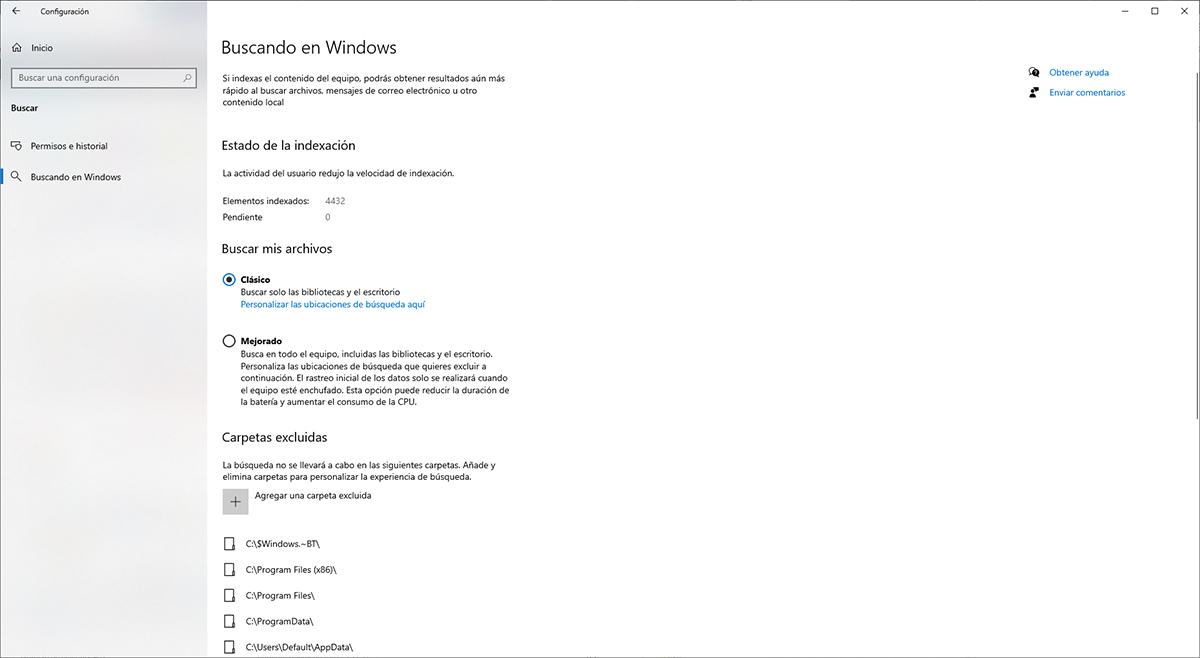
Windows 10 offers us two indexing formats: classic and improved.
Classic
This format is responsible for creating an index that all the files that we have stored in the different libraries of our team (Images, Videos, Documents, Downloads, Music ...) and on the desktop of our team.
This format is the used by default by Windows 10 focusing its operation on the use made by the majority of PC users. Microsoft created several versions of Windows ago the native directories Documents, Images, Videos ... so that users do not have to complicate their lives when storing their files to always have them at hand and to facilitate the work when making copies of security.
When making a backup, the most important thing for the user are the files created by the user (of whatever type), although so is the operating system, but to a much lesser extent, since it can be reinstalled from scratch, although the process takes a while that many users do not want to lose , time that includes the installation of the applications we use.
Improved
The improved file search format takes care of indexing all files found on our computer, including user libraries and the desktop. This search format is intended for those users who use their own file structure, files that are stored in a different location than the Windows libraries.
This type of search format, allows us to exclude folders where we know that we will never store files (we shouldn't), since they are intended to be used solely and exclusively by the system. In a native way, this function includes the folders where we should not / can store the files that we create, such as Windows and Program Files mainly, since the rest are hidden.
Simple searches

Simple searches are those that we usually perform on our computer through the file explorer, when we want find a file that is in a specific folder / s and whose name we know.
To perform the search we just have to write the file name to the right of the address bar, bar that tells us in which directory we are doing the search. This type of search can be done from the root directory of our PC, so that it searches in all the directories if we have previously activated the Enhanced indexing, which we have explained in the previous section.
If we have not activated Enhanced indexing, and we cannot find the file, no matter how much we are in the root directory of our computer, Windows 10 will continue to search the documents, images, music, videos folder ... without searching in the rest of the directories where it may have been lost the document we are looking for.
Simple advanced searches
To perform advanced searches and to be able to refine the search for files by eliminating or adding words or other variants, we have to use boolean operators. The logical or Boolean data type is commonly used in programming, statistics, electronics, mathematics and can represent values of binary logic, that is, two values, which usually represent true or false.
As in programming, searches with Boolean operators are only available in EnglishBut as little as we know of Shakespeare's language, we know its meaning. If not, we will explain it later so that you can perform advanced file searches on your computer.
This type of operators allows us to filter the content of the results, so it is an ideal function to eliminate all those results that we are not looking for.
Practical search example
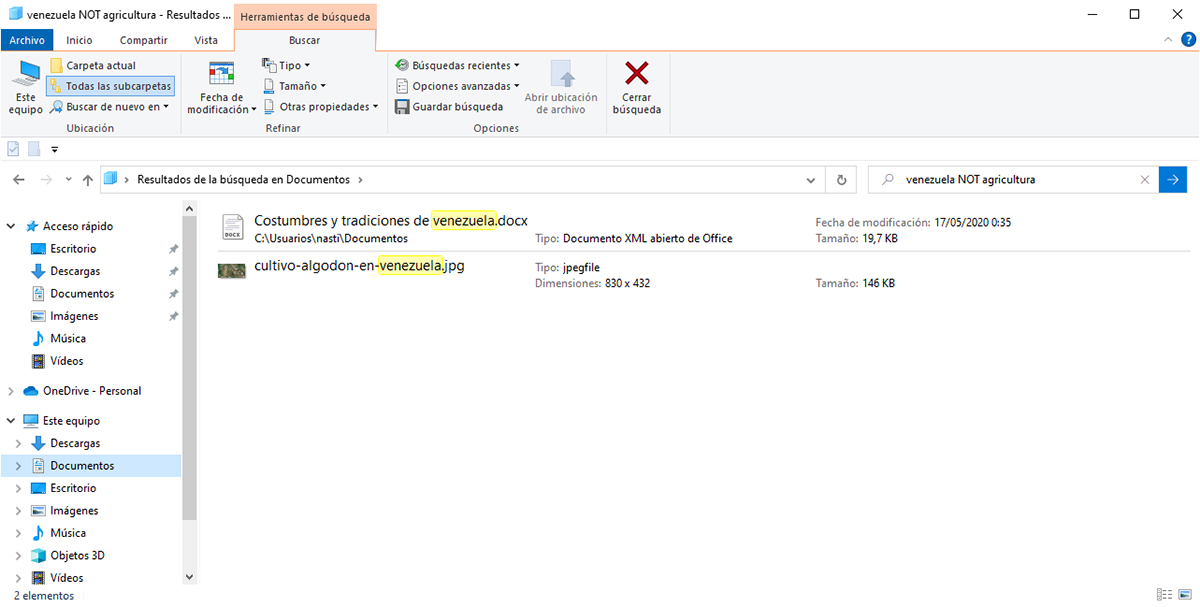
We know that the file name includes the word venezuela. By having several files that contain in the file name that word, we want eliminate those that also include the word agriculture. In this case we would enter in the search box: Venezuela NOT farming.
The Boolean operators that we are going to use in the searches are:
- NOT (always write in capital letters). In the example above, we have used this operator to remove from search results for the word venezuela that include the word agriculture.
- AND (always write in capital letters). This operator allows us to include two terms that we want to search for. If we write Venezuela AND farming, the search results will show us all the files that include both terms eliminating the rest of the results that include only one of the two words.
- OR (always write in capital letters). With this operator, we ask Windows searches to offer us the results of one or another name. In the case of the example, if we type in the search box Venezuela OR farming the search results will show us all the files that include both names.
Complex advanced searches
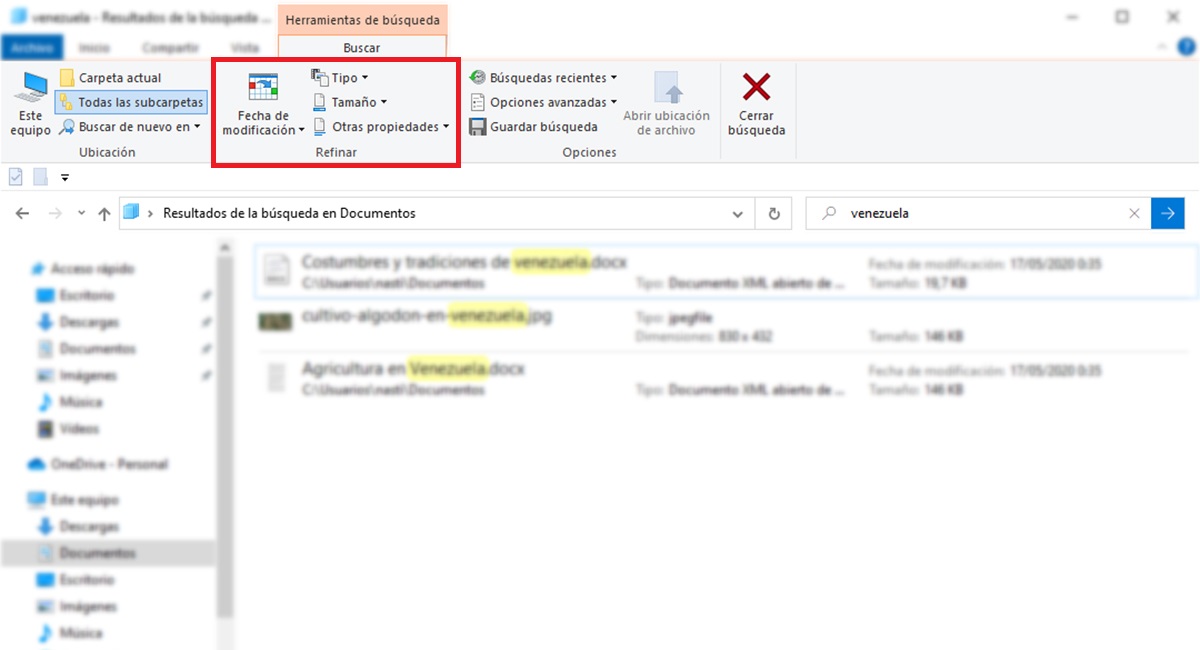
Let's curl the curl some more. If we are looking for any type of file (videos, images, music, documents) that includes a specific search term and the results are too numerous, we can use advanced search commands.
Unlike searches with Boolean operators, we do not need to learn any command, since from the browser itself we can select them directly from the Search Tools tab that is displayed when we perform a search (if we do not enter a search term, this tab will not be displayed).
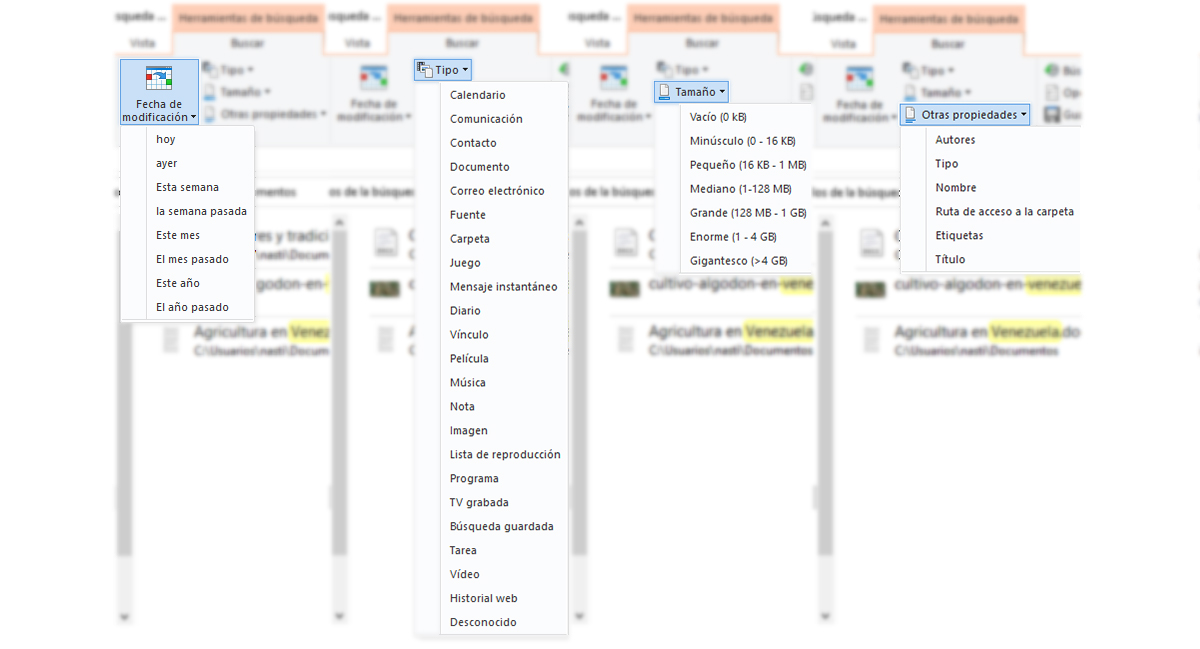
The advanced search commands are found in 4 sections:
- Modification date:
- Today
- This Week
- in the past week
- This Month
- Last month
- This year
- Last year we signed the Pact for Gender Equality in Colombia, an agreement that symbolizes the co-responsibility of around XNUMX organizations with the implementation of actions that contribute to reducing inequalities.
- Type:
- Calendar
- Communication
- Contact
- Document
- Source
- Folder
- Game
- Instant message
- Diary
- Link
- Movie
- Music
- Note
- Image
- Play list
- Program
- Recorded TV
- Task
- ADIEX
- Web history
- Unknown
- Size:
- Empty (0 kB)
- Tiny (0-16 kB)
- Small (16 kB - 1 MB)
- Medium (1 - 128 MB)
- Large (128MB - 1GB)
- Huge (1 - 4 GB)
- Gigantic (> 4GB)
- Other propertiess.
- Writers
- Type
- Name
- Path to the folder
- Tags
- Title
Once we have entered the search terms, we must click on any of these four categories to narrow down the search results. In every search we can select different types of searches by categories, that is, we can search for a Document created This Week, of size Medium (1 - 128 MB).
Thus, we are narrowing down the search to a text document (.doc, docx, .txt ...), Excel or Powerpoint file (no images, no videos, no music), which we created last week (counts 7 days back from the date we we found) and that occupies between 1 and 128 MB.
Aspects to keep in mind to search in Windows 10
As you can see in the examples, I have written Venezuela in lowercase, despite being a country. Windows (in all its versions) It does not distinguish between upper and lower case at the time of searching, so we do not have to write the name as we think it is in the title of the file, since the results that it is going to show us will be the same.
When setting a password, yes we must take into account both uppercase and lowercase, since it expands the number of variables. Example: If our password to access a service is HoLA, the only way to access that service is by writing it that way. If we write HELLO, HELLO, Hello or any other variant we will never be able to access. In this sense, access passwords do not work in the same way as Windows searches.
Windows 10 offers us different tools to be able to find the files we are looking for, as long as we have not deleted them. With the different methods that we have explained in this article, and with a little patience and time, we can find any file by setting different filters, regardless of where it is located.
If after much searching, you finally found the file you were looking for, you should consider the storage system you use usually, and try to use only the directories that Windows offers us for this purpose: Documents, Images, Videos, Music ... Those directories are not there to annoy, but to facilitate the user's work.
If this method does not meet your needs, you must establish in the backup application you use, the directory where your files are located, so that you can always have a backup copy of your files, a copy that you must store on a separate hard drive, a partition on your computer's hard drive is not worth it, since if it breaks, you will lose all the information.